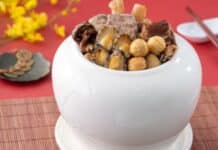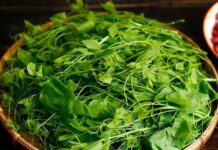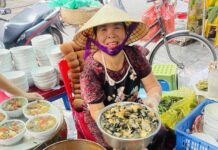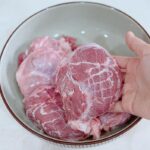Most Japanese people have the habit of sleeping on the floor instead of on a bed. There are four main reasons that are often cited for this cultural practice.
Space Utilization
Japan is a country with limited land space and a high population density, especially in its large cities. To optimize space, Japanese homes often feature thin walls and sliding doors. In many cases, the living room doubles as a bedroom, with only a lightweight and compact tatami mat on the floor to sleep on.
Additionally, due to the typically low ceiling heights in Japanese homes, using a bed can be inconvenient, especially for taller individuals. Sleeping on the floor provides a more practical solution to this spatial challenge.
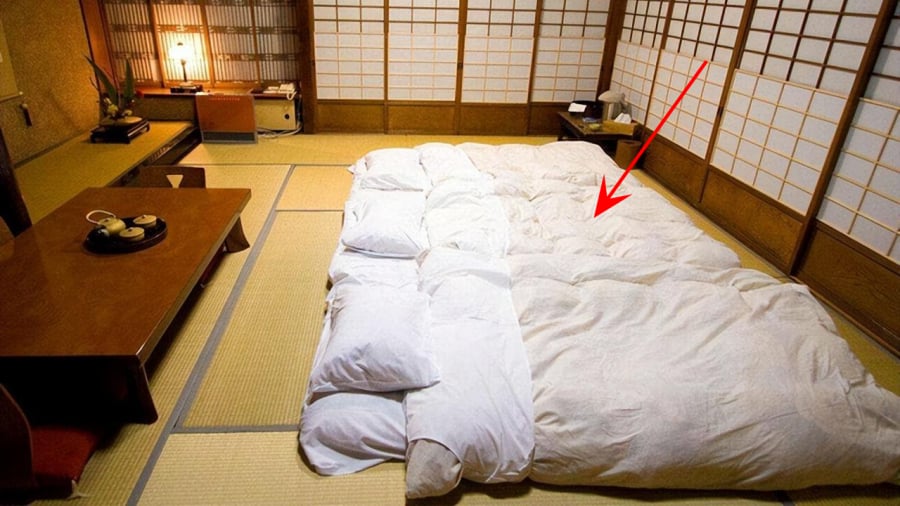
The Unique Sleeping Habit of the Japanese
Safety Precautions
Japan is prone to earthquakes, and sleeping on the floor offers a tactical advantage in such situations. By sleeping directly on the floor, individuals can more quickly sense vibrations and take immediate action to evacuate to safety. Sleeping on a bed can delay the perception of these vibrations, causing precious time to be lost during an emergency.
Furthermore, having minimal furniture and sleeping on the floor also facilitates a quicker escape from the house in the event of an earthquake or other natural disasters.
Health Benefits
According to Japanese beliefs, sleeping on a bed that is too soft can be detrimental to bone and joint health. Instead, they advocate for sleeping on a surface with moderate firmness—neither too soft nor too hard. This practice is thought to promote better blood circulation and provide more even weight distribution, reducing pressure on various body parts.
While soft mattresses may feel comfortable, they can sag over time, leading to potential spinal misalignment and back pain. Sleeping on the floor, on the other hand, can help mitigate the risk of falls for the elderly when they wake up.
It is important to note that Japanese people do not sleep directly on the wooden floor. They use tatami mats, which are made from tightly woven straw and provide a comfortable and insulating surface. Additionally, they may use thin mattresses and small pillows filled with beads, which are considered beneficial for the neck and nape.
Cultural Tradition
The tradition of sleeping on the floor dates back thousands of years in Japan. This practice has been passed down through generations and remains prevalent today. This deep-rooted cultural aspect is a significant reason why Japanese people continue to favor sleeping on the floor over using beds.
The Secret Benefits and Dark Side of Eating Vietnamese Coriander: Do You Really Know?
Vietnamese coriander, a familiar herb in many Vietnamese households, boasts a plethora of health benefits. However, like any other herb, it can also cause harm if consumed incorrectly or in excess. Unveiling the lesser-known adverse effects of this herb, we aim to empower you with knowledge to use it wisely and safely.
The Miracle of Ginger: 5 Surprising Benefits of Applying it to Your Navel
The belly button, or navel, is often an overlooked part of our body. In Traditional Chinese Medicine, however, the navel is considered a powerful gateway to our health. It is believed that the navel is connected to the Shen Que acupoint, which is linked to 12 meridians and 5 internal organs. So, what are the benefits of rubbing ginger on the navel?
The Ultimate Superfood: Discover the Veggie with 4 Times More Calcium Than Milk and 7 Times More Vitamin C Than Oranges
In Vietnam, there exists a vegetable that is a nutritional powerhouse. This humble vegetable contains four times more calcium than milk, seven times more vitamin C than oranges, four times the amount of iron found in spinach, and four times as much vitamin A as carrots. And the best part? It’s incredibly affordable.











